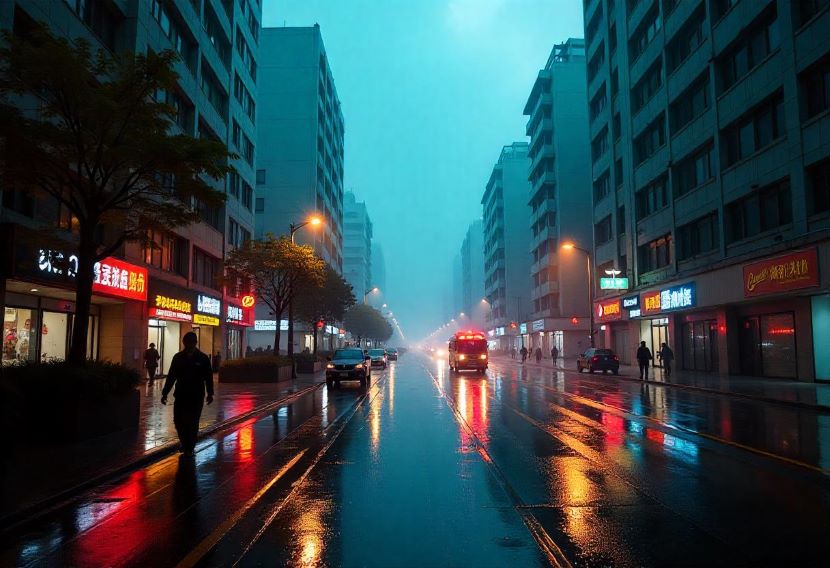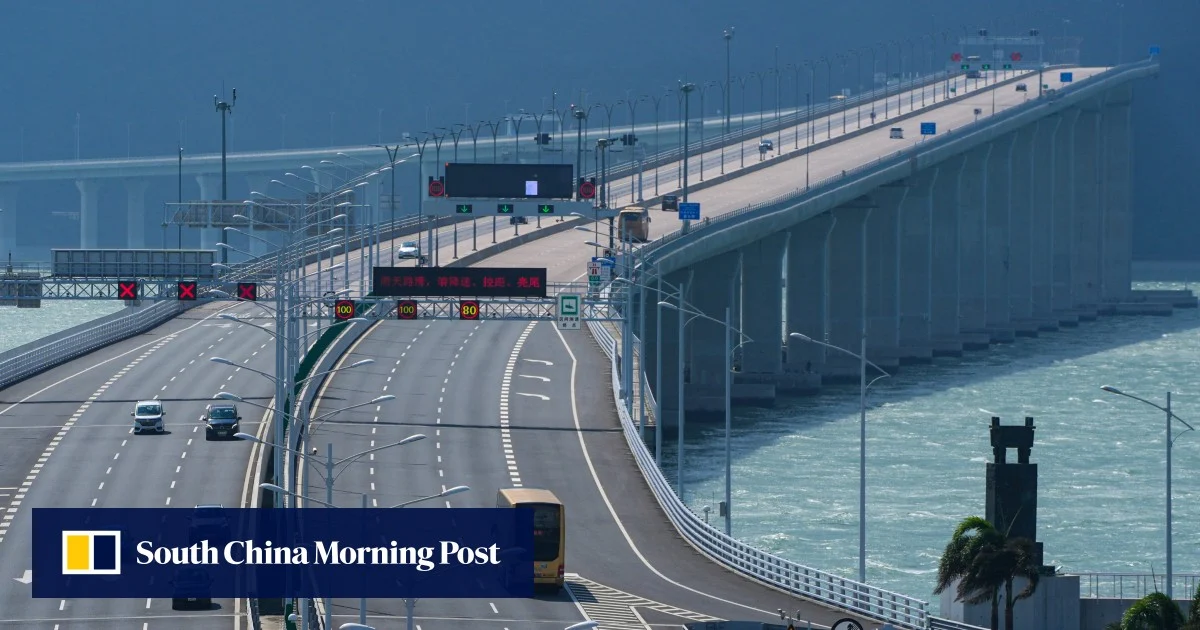Sunday, July 20, 2025
This was supposed to be a nondescript weekend for thousands upon thousands of travelers and city dwellers across Hong Kong and southern China, but now it’s looking more like the fury of Typhoon Wipha, only without the flooding. Hong Kong raised its storm warning to its highest level and closed its stock market, the city’s schools and some transit systems in advance of the approaching storm, a choice that created travel chaos and sent residents fleeing to shelters.
Immediate Impact and Flight Disruptions
Powerful Typhoon Wipha, with winds of 185 km (115 miles) per hour, also closed in on Hong Kong Sunday afternoon, roaring to within 60 km (30 miles) southwest of the territory with hurricane-force winds and torrential rain. The typhoon seems to have shifted to the west as it is now located in the vicinity of China’s exposed coast of Guangdong and Hainan, according to a Reuters report, citing data from international weather agencies including U.S. NOAA (National Oceanic and Atmospheric Administration) and Japan’s Himawari satellite.
The Hong Kong Observatory raised the T10 hurricane signal, its highest warning, as it anticipated winds of more than 118 kilometers an hour. The agency had warned residents of potentially damaging winds, hazardous sea swells and serious flooding threats.
Transportation plans were similarly thrown into disarray as Hong Kong International Airport said about 500 flights had been canceled because of the storm, leaving thousand of passengers stranded. Another 400 flights were delayed, stranding tourists and business travelers. Similar tableaux were staged in their neighbouring cities and Macao, where all daytime flights were also cancelled or delayed by a few hours, making the regional population movement a chaos.
Safety and Shelter Measures
In Hong Kong, over 200 people sought shelter in government-organized emergency shelters. Ambulances and medical teams tended to people with injuries, some resulting from fallen trees and debris. The Education Bureau also announced that day care centers and classes were suspended for the entire day on Sunday, indicating the severity of the storm.
China, which last week saw the strongest storm make landfall — Typhoon Mangkhut — on the mainland so far this year, is still struggling to cope with the aftermath of other recent storms and flooding there.Officials in mainland China itself also made several warnings for residents to take evacuations seriously, and deployed emergency response teams to prepare for flooding and possible damage to critical infrastructure. Typhoon Hagibis brought the face of the storm, the rain, to the region a day earlier Both provinces activated their highest-level emergency protocols by urging their populations to remain indoors, and away from ocean fronts.
Broader Regional Impact
Before hitting Hong Kong and the south of China, Wipha badly affected the Philippines and Taiwan. Wipha’s torrential rainfall deepened the Philippines’ monsoon, causing deadly flooding, landslides and extensive damage. At least two people were missing and more than 370,000 affected, with thousands having been evacuated to emergency shelters. Over 400 homes were destroyed, exhibiting the storm’s far-reaching devastation.
Rains and wind in Taiwan, while disruptive of daily life, wrought only minor injuries and the loss of one life in one of the increasing number of signal effects that showed both the yawn of a giant storm in some places and its vicious bite in others.
Travel and Business Disruptions
This disaster is a reminder of the dangers not only for tourists but companies who bring personnel to the region. With flights canceled and very little in the way of local public transport, business has undeniably suffered, with canceled meetings and postponed projects.
Travellers (particularly tourists who plan to visit Hong Kong, Guangdong and Hainan, and those visiting the affected areas) are advised to delay their journey. Those already in affected areas should stay indoors, monitor local news and follow the guidance of local authorities to stay safe.
Quick Safety Tips for Travelers
Stay Informed: Continue to monitor the latest weather forecast and follow recommendations from local authorities.
Watch Yourself on the Roads: Avoid unnecessary travel and call for road or flight updates before jumping in the car.
Pack Go Bags: Use these to store life’s essentials: meds, bottled water, nonperishable food, chargers and remember to pack your passport and essential papers in the waterproof document holder.
Stay Inside: Inspect weather conditions indoors within extreme-weather and remain in a secure location inside coastal, flood, or storm-affected residential setting.
Government Response and Future Measures
The government, in Hong Kong as well as across Guangdong and Hainan provinces, had mobilized immense emergency response teams to respond to the immediate aftermath of the storm. Official government websites are offering updates and safety advice to help local residents and tourists.
In the long run, this calamitous weather event highlights the crucial need for continued investments in regional infrastructure and communications systems that support disaster preparedness, and that are also essential for saving lives and preventing economic disruption.
But in the meantime they’re hoping, and I sure a lot of people are praying, that things are going to slowly start improving in the next couple, two-to-three days where you and the residents and vacationers can start cleaning up. This serves as a good reminder for all of us to never underestimate mother nature in storm prone areas and to be prepared and aware.



